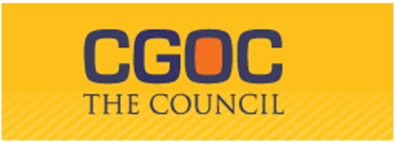eDiscovery Case Law: Court Denies Criminal Defendant’s Attempt to Quash Twitter Subpoena

In People v. Harris, 2011NY080152 (N.Y. Crim. Ct. Apr. 20, 2012), Criminal Court Judge Matthew A. Sciarrino, Jr. ruled that the defendant lacked standing to move to quash the prosecution’s subpoena served upon Twitter, a third-party in the case, for records of the defendant’s Twitter account. The defendant was a protester arrested during a march on the Brooklyn Bridge as part of the Occupy Wall Street movement, and in prosecuting the case, the prosecution sought his Twitter records for the time period relevant to the defendant’s involvement in the march.
In denying the defendant’s motion to quash, Judge Sciarrino analogized a subpoena issued to a third-party online social networking service like Twitter to one issued against a bank for a bank customer’s account information. The judge noted that in such bank cases a customer has “no proprietary or possessory interests” in his bank records, as they are the business records of the bank. Similarly, here, when the defendant signed up for Twitter, he agreed to certain terms, including a license that he granted to Twitter to “use, display and distribute” his Tweets. “Twitter’s license to use the defendant’s Tweets means that the Tweets the defendant posted were not his,” and therefore he had no proprietary interest in the Tweets.
Judge Sciarrino also acknowledged that although the defendant’s belief that he had a privacy interest in his own Tweets was “understandable,” it was “without merit.” The court pointed out that the “very nature and purpose” of Twitter is to help its users share information instantaneously with the world. Although a user may believe the Fourth Amendment should provide him online the same protection he would receive in his physical home, he is mistaken: Twitter users "may think that the same 'home' principle may be applied to their Twitter account. When in reality the user is sending information to the third party, Twitter. At the same time the user is also granting a license for Twitter to distribute that information to anyone, any way and for any reason it chooses."
Judge Sciarrino also denied the defendant’s motion to intervene in proceedings to quash the prosecution’s subpoena. It also found that the court is “compelled to evaluate the subpoena under federal laws governing internet communications,” that is, the Stored Communications Act; as such, the subpoena was proper because the defendant had a required hearing and notice, the information sought was relevant and material to the case, and the subpoena was not overly broad in its request.
So, what do you think? Did the judge make the right call or should the defendant have been able to quash the subpoena? Please share any comments you might have or if you’d like to know more about a particular topic.
Case Summary Source: Applied Discovery (free subscription required).
Disclaimer: The views represented herein are exclusively the views of the author, and do not necessarily represent the views held by CloudNine Discovery. eDiscoveryDaily is made available by CloudNine Discovery solely for educational purposes to provide general information about general eDiscovery principles and not to provide specific legal advice applicable to any particular circumstance. eDiscoveryDaily should not be used as a substitute for competent legal advice from a lawyer you have retained and who has agreed to represent you.




